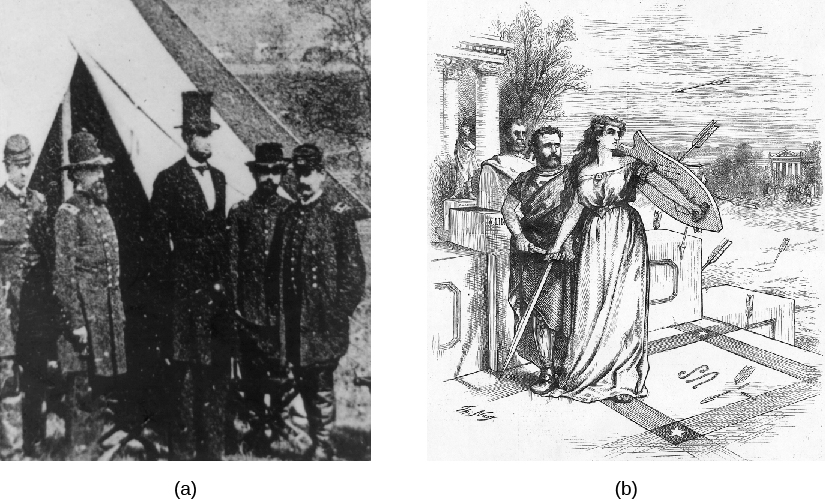| << Chapter < Page | Chapter >> Page > |
By the end of this section, you will be able to:
With the advent of motion picture newsreels and voice recordings in the 1920s, presidents began to broadcast their message to the general public. Franklin Roosevelt, while not the first president to use the radio, adopted this technology to great effect. Over time, as radio gave way to newer and more powerful technologies like television, the Internet, and social media, other presidents have been able magnify their voices to an even-larger degree. Presidents now have far more tools at their disposal to shape public opinion and build support for policies. However, the choice to “go public” does not always lead to political success; it is difficult to convert popularity in public opinion polls into political power. Moreover, the modern era of information and social media empowers opponents at the same time that it provides opportunities for presidents.
From the days of the early republic through the end of the nineteenth century, presidents were limited in the ways they could reach the public to convey their perspective and shape policy. Inaugural addresses and messages to Congress, while circulated in newspapers, proved clumsy devices to attract support, even when a president used plain, blunt language. Some presidents undertook tours of the nation, notably George Washington and Rutherford B. Hayes. Others promoted good relationships with newspaper editors and reporters, sometimes going so far as to sanction a pro-administration newspaper. One president, Ulysses S. Grant, cultivated political cartoonist Thomas Nast to present the president’s perspective in the pages of the magazine
Harper’s Weekly .

Rather, most presidents exercised the power of patronage (or appointing people who are loyal and help them out politically) and private deal-making to get what they wanted at a time when Congress usually held the upper hand in such transactions. But even that presidential power began to decline with the emergence of civil service reform in the later nineteenth century, which led to most government officials being hired on their merit instead of through patronage. Only when it came to diplomacy and war were presidents able to exercise authority on their own, and even then, institutional as well as political restraints limited their independence of action.

Notification Switch
Would you like to follow the 'American government' conversation and receive update notifications?